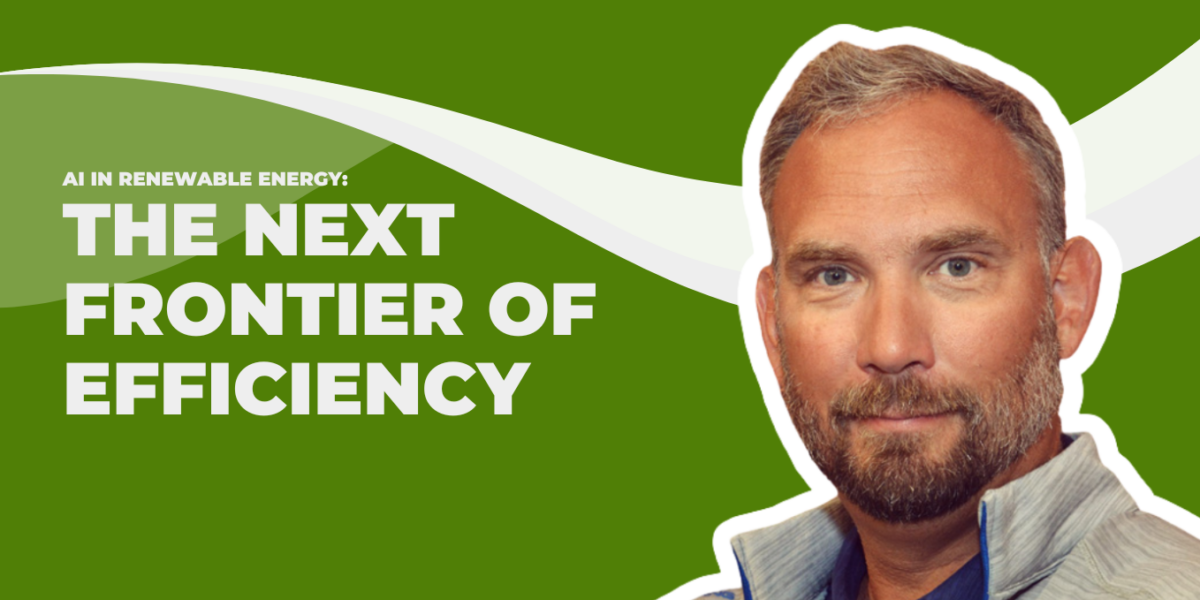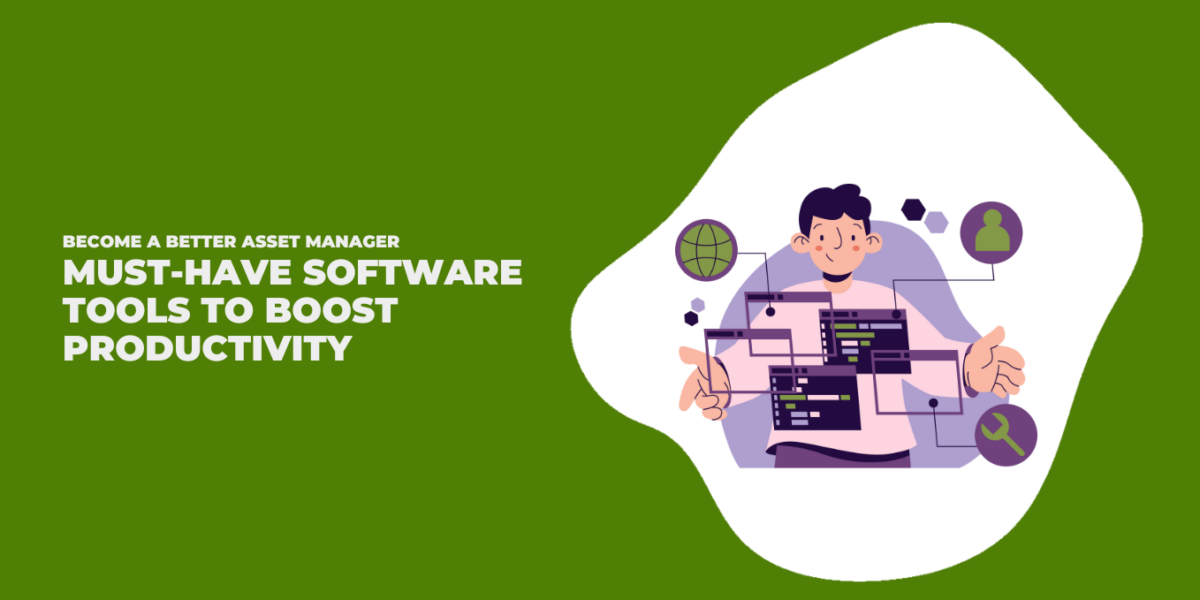I love renewables and solar—always have, always will. My first university project focused on saving energy using renewables, and I’ve spent the last 12 years working in solar and renewables. I find it to have been a wonderful experience, with new challenges that pop up all the time.
Huge growth has also meant significant changes in a short period of time, and this has left its share of bodies in its wake. This is one of the many reasons they call it the solar coaster, because over the last decade or so we’ve all seen peaks and valleys, and amazing, overwhelming change and growth.
I’ve been building asset management software for renewables for years now, and my biggest challenges haven’t changed. How do I anticipate the next market need? What will the benefit of hindsight tell me I should have done? It’s the sheer uncertainty that comes with a growing industry like ours.
I’ve been in this industry long enough to see its incredible evolution, and to witness the key events that have shaped what this industry has become. These events are instructive, often times hard-learned lessons that provide perspective that guides me. I have a collection of idiosyncratic swag from trade shows to serve as reminder of these lessons.
Solyndra and the First Big Bankruptcy:
I still have my Solyndra paperweight, the miniature solar concentrator tube. It’s a great reminder that technology changes, and fast—you need to be agile to be competitive.
They were a technological anomaly among solar power manufacturers, building cylindrical CIGS panels that met their death at the hands of falling silicon prices that rendered them non-competitive, as well as foreign competition.
Solyndra didn’t fail to grow right; it failed to be technically competitive.
In 2016 (years after Solyndra ceased operations), the U.S. solar market alone grew by 95%. In many ways, it’s still a blue ocean industry, but market forces demand efficiency, and there is always churn. I keep the Solyndra solar tube as a reminder.
My team works hard to be agile—PowerHub launched its initial version only a few years ago, and we are already on v3. We know all too well that we are only as good as our last release. We’ve seen enough industry churn to know that while the industry may have doubled in size last year, change and growth isn’t always structured or linear. With that in mind, we created PowerHub’s platform with the flexibility and resiliency to help our clients build the kind of efficiencies that minimize the risks associated with massive, rapid growth.
Enter the Germans:
The Schletter bobblehead is one of my favorites. For me, it’s iconically linked to the first renewables market: Germany. They were one of the first to create a market for renewable energy through policy and feed-in tariffs.
Stereotypes regarding the quality of German engineering proved true in their racking manufacturing, forming an incredible product. But they soon faced challengers locally. Their product was incredibly well-suited to the German market, but needed to adapt to North America. They faced a pricing challenge. Local knowledge allowed competitors to offer a similar solution built on an understanding of local market needs. They learned from the early market movers like Schletter, creating products to fit their region.
We don’t believe in one-size-fits-all solutions, even on a micro scale…and Schletter is testament to the fact that you can have an awesome product, that you can pioneer technology that paves the way for greatness, and still fail to compete. We’re all about managing your assets your way, so our platform is customizable and configurable to your needs, your reporting requirements, your stakeholders, and your preferred way of working. It’s really YOUR version of PowerHub, this current platform, not ours.
Expect the Unexpected in Texas:
I have a spur from the local San Antonio solar show that reminds me to always be open to the unexpected, and be ready for new directions. I never expected Texas to be a huge renewables market. Perhaps my preconceived notions of the oil and gas heavyweight that Texas is blinded me to their potential or willingness to embrace a new energy type.
They didn’t just embrace renewables; they moved mountains, and built a dedicated feeder to help accommodate it. Probably not a moment most in solar recognize, but for me that was a huge evolutionary event. It’s on par with the year that the suits started to outnumber the ponytails and work boots that dominated the early solar shows. Just as the move from ponytails to suits brought solar from a grassroots movement to an industry with big finance behind it, Texas was a symbol that renewable energy production was mainstream and becoming a widely accepted form of energy generation.
Someone always has sunglasses:
I have a huge collection of solar-company-branded sunglasses. I love them, I go looking for them on show floors and I wear them all the time. They’re like my security blanket, something I can rely on in the tough times.
They say that even amidst bankruptcies, trade wars and policy changes, renewables seem to keep charging on. This is a testament to all the developers, policy wonks, visionaries, and industry experts who kept at it to build a solution in times of turbulent change. I love tackling big, hairy problems, and sometimes I’m not even sure how any of it will truly come together when I start. It’s exactly in these moments that I think of my sunglasses, and know that a solution is out there—we just need to keep looking for new ways to solve the problem.
I love the stories that litter the history of solar, and the tchotchke* that goes with it. For those of you that were there, or that simply heard about them second hand, what stories, good or bad, taught you the most? How do you use them now?
I talk about these stories often—I collect them. That, and the sunglasses. I have more of those than I can possibly say.
*Tchotchke : an inexpensive souvenir, trinket, or ornament.




